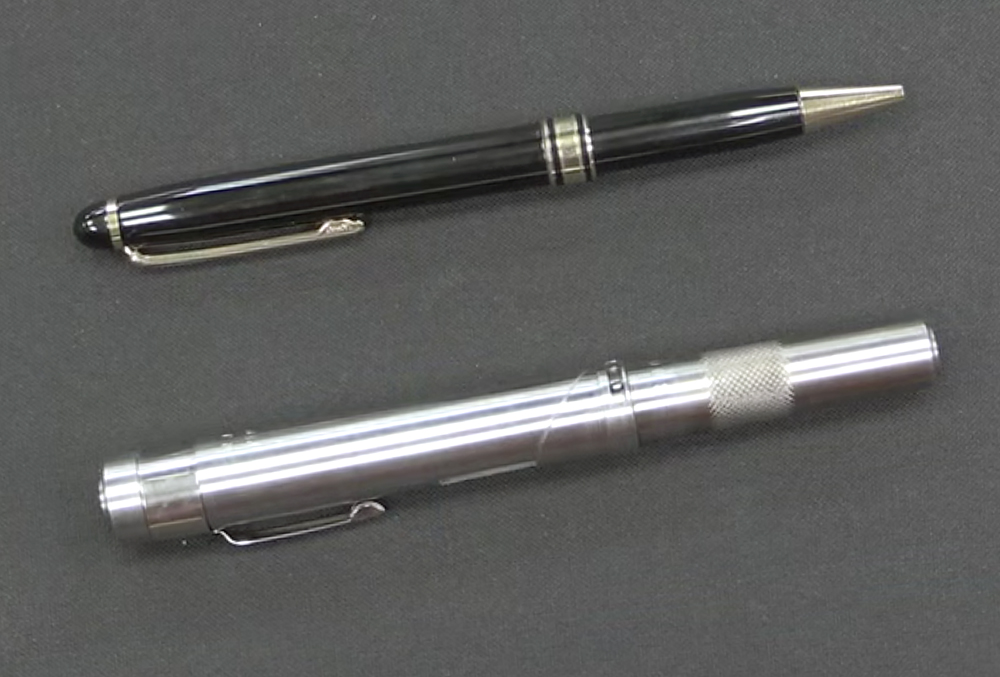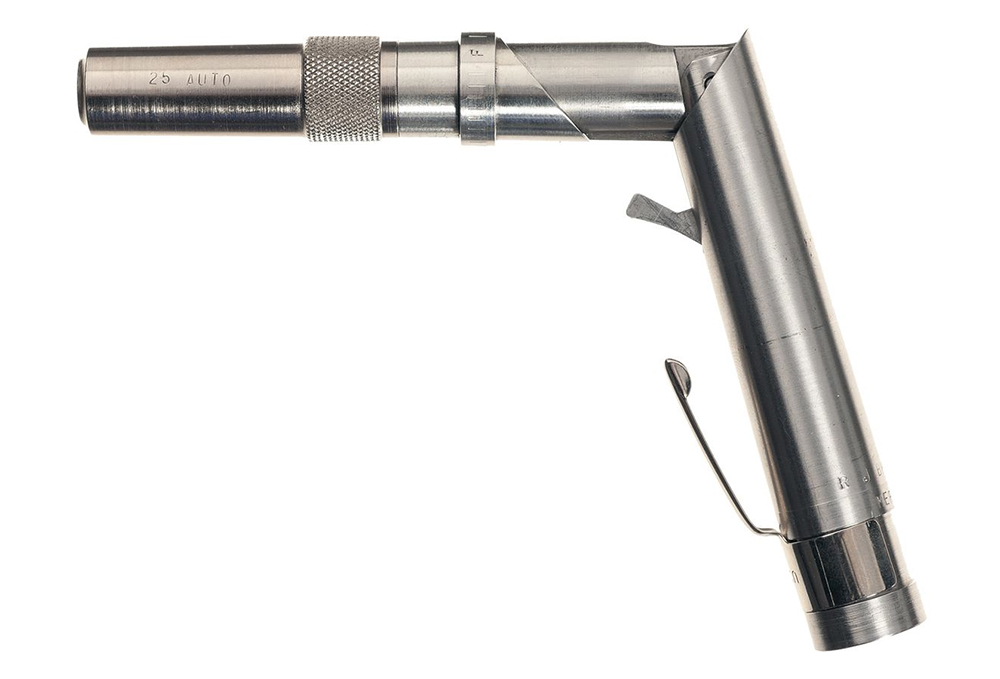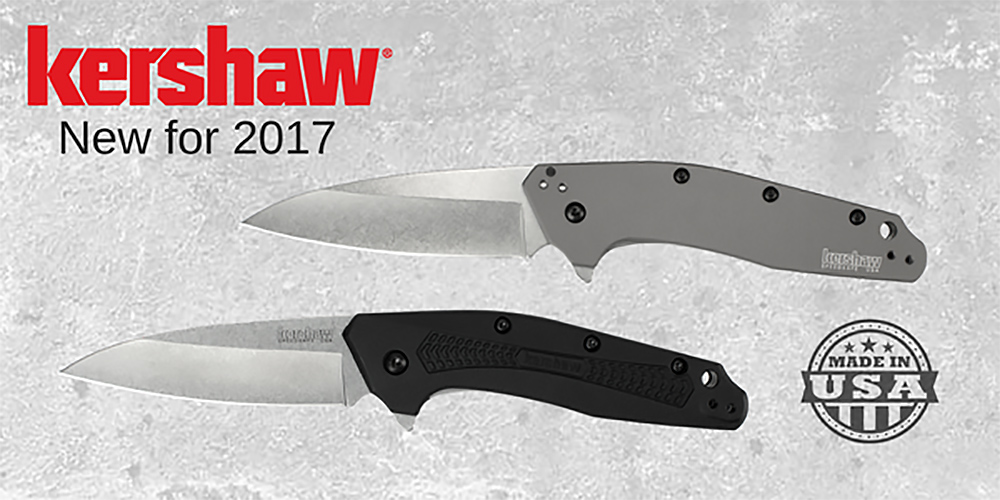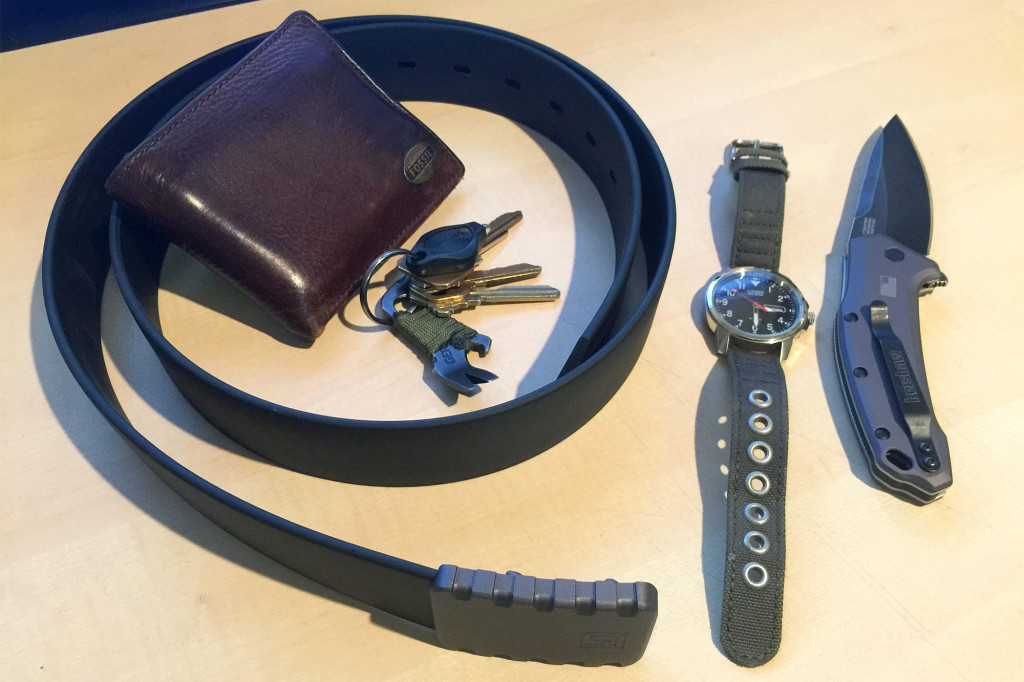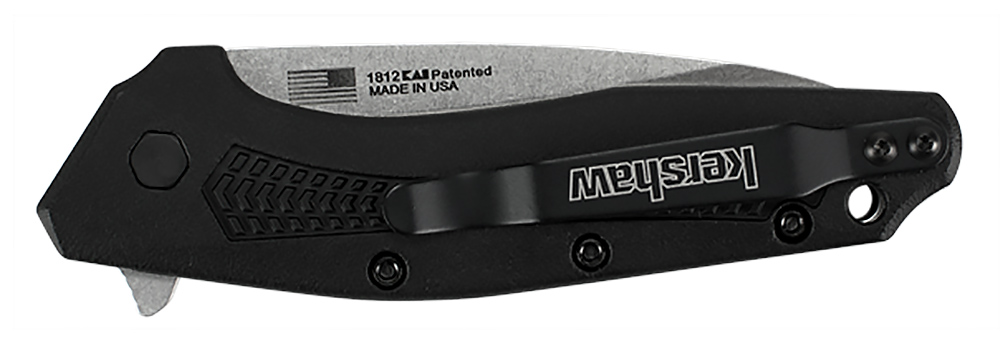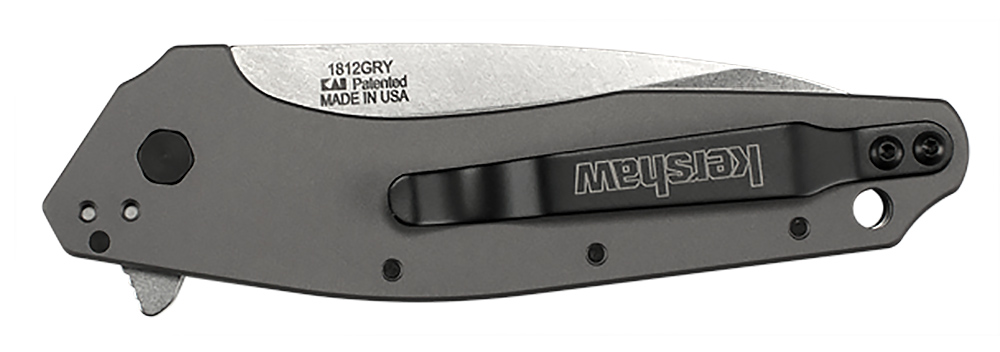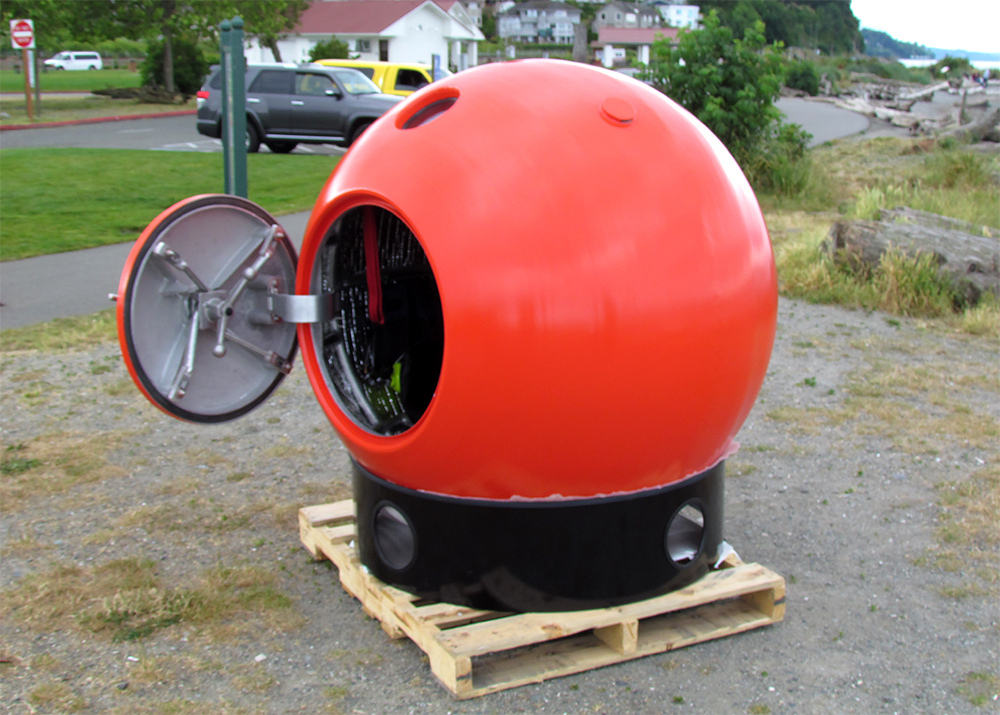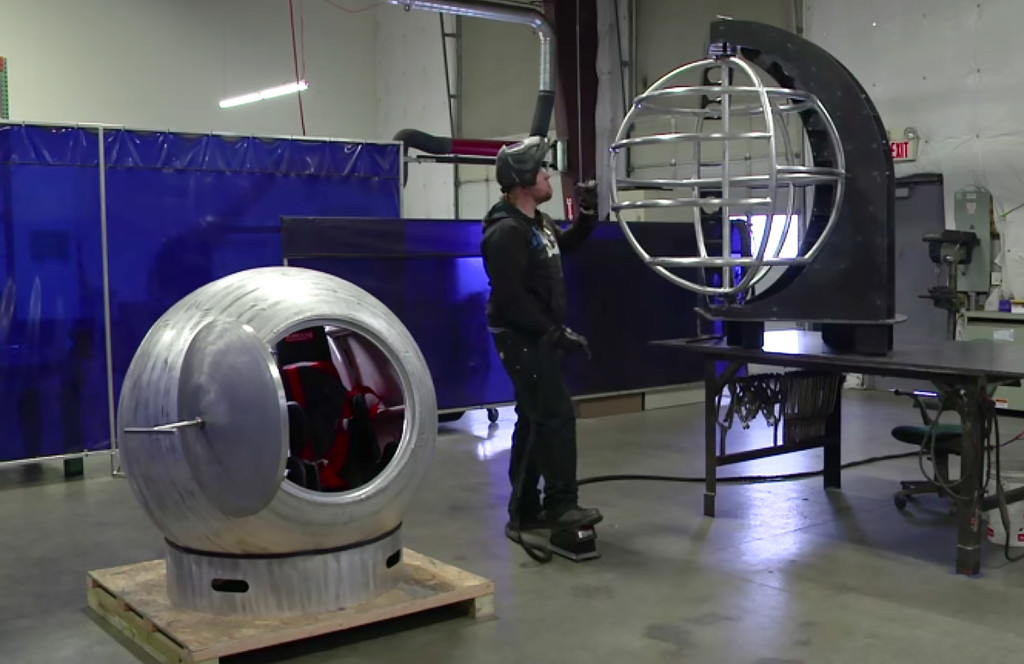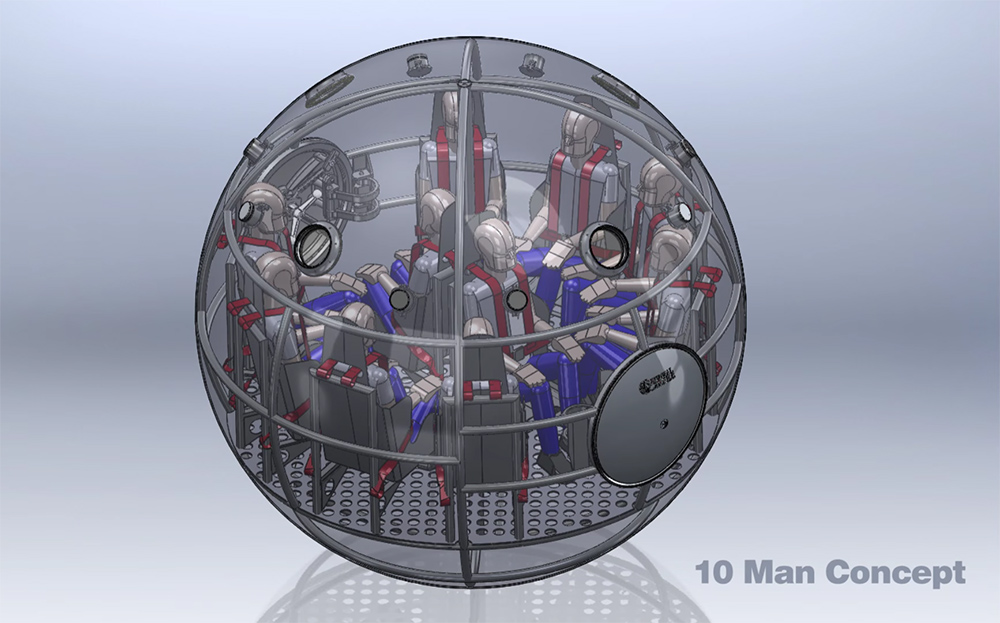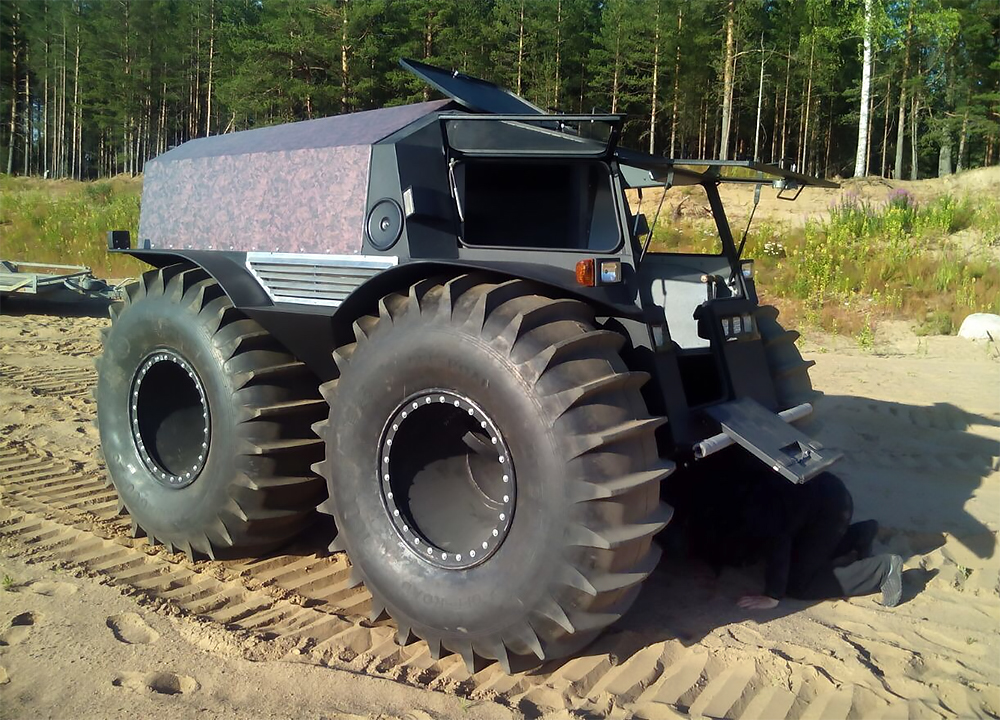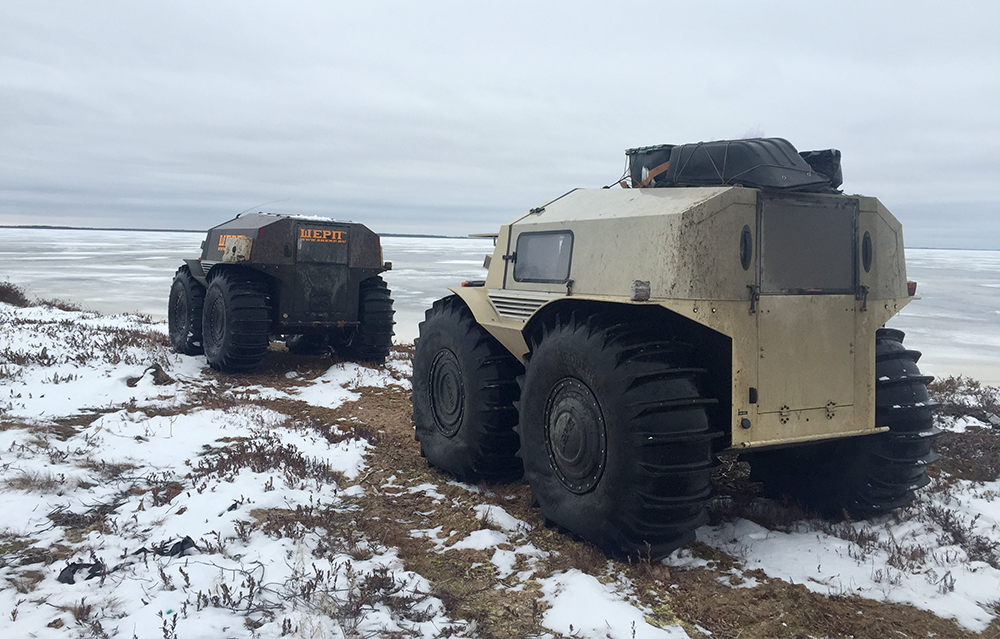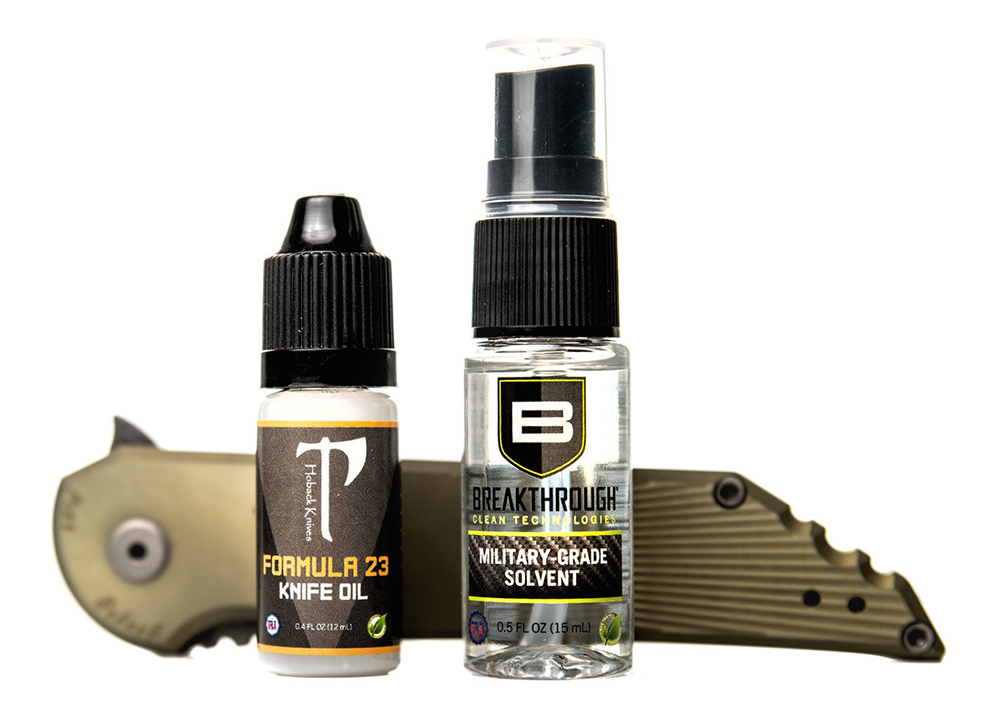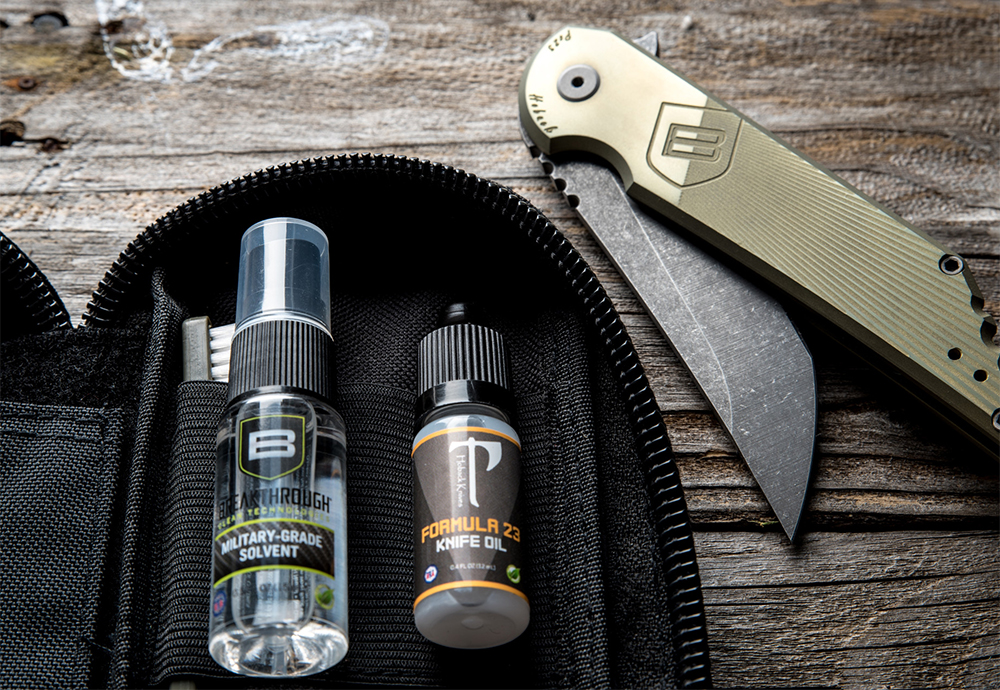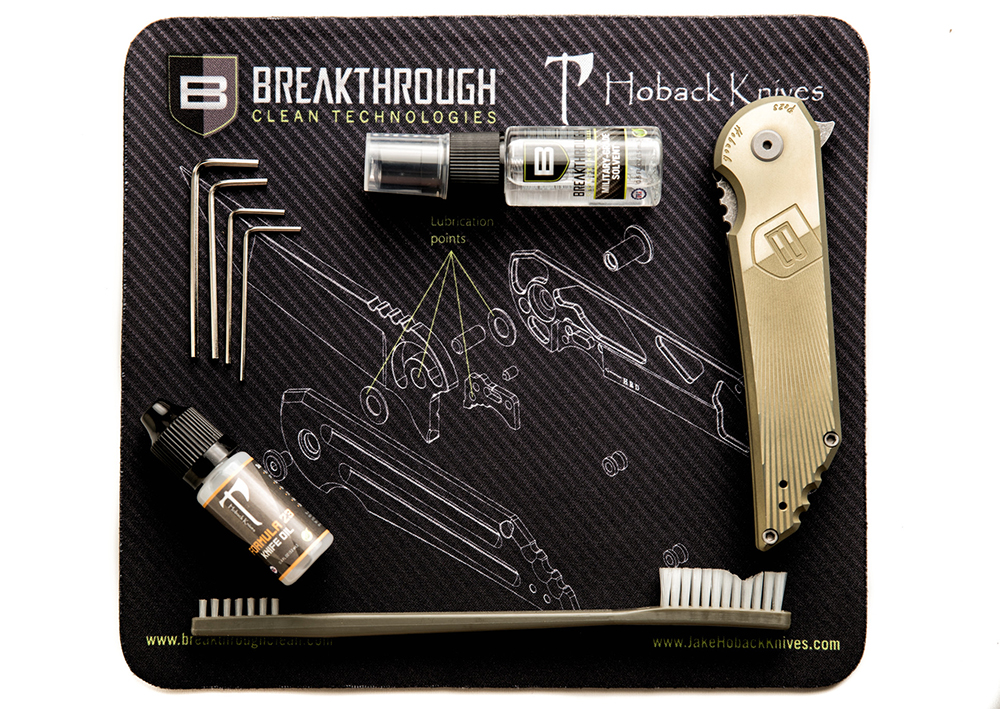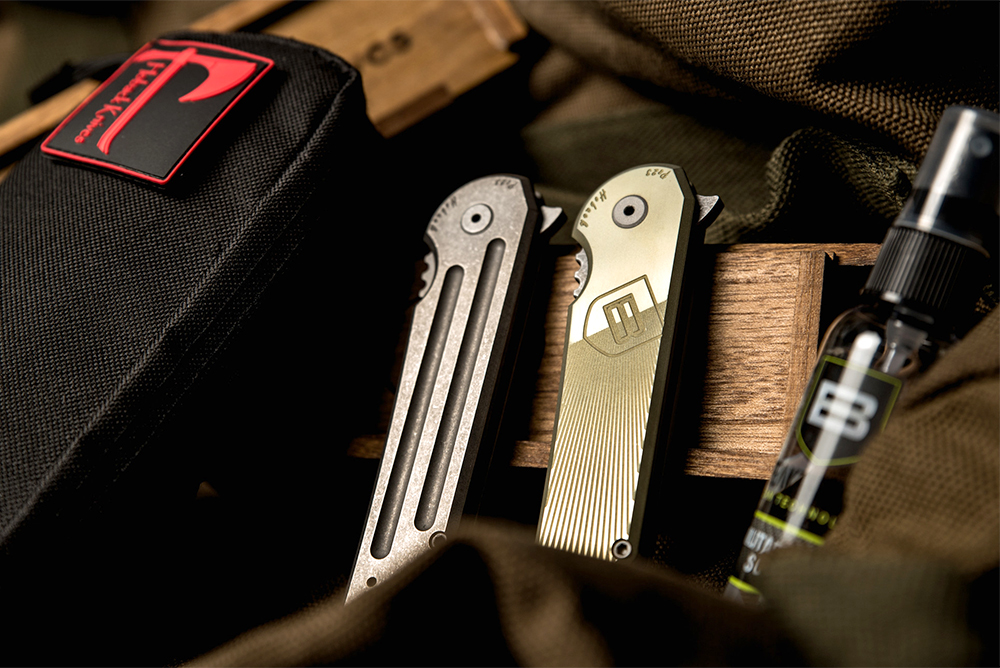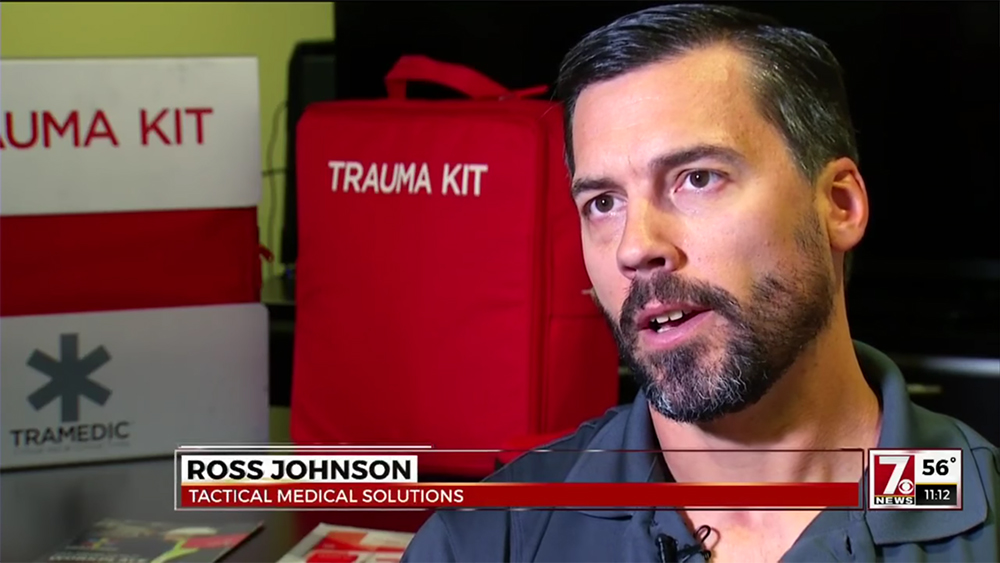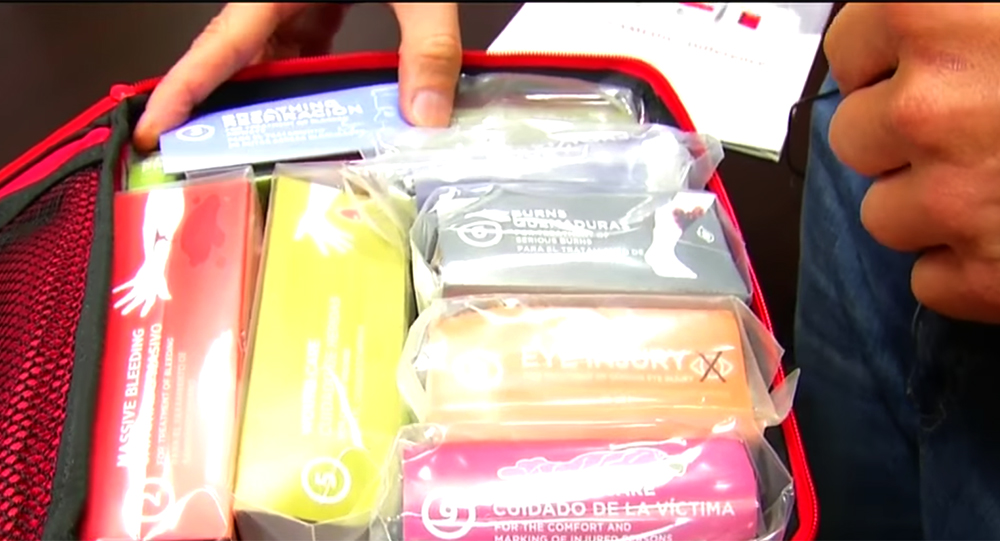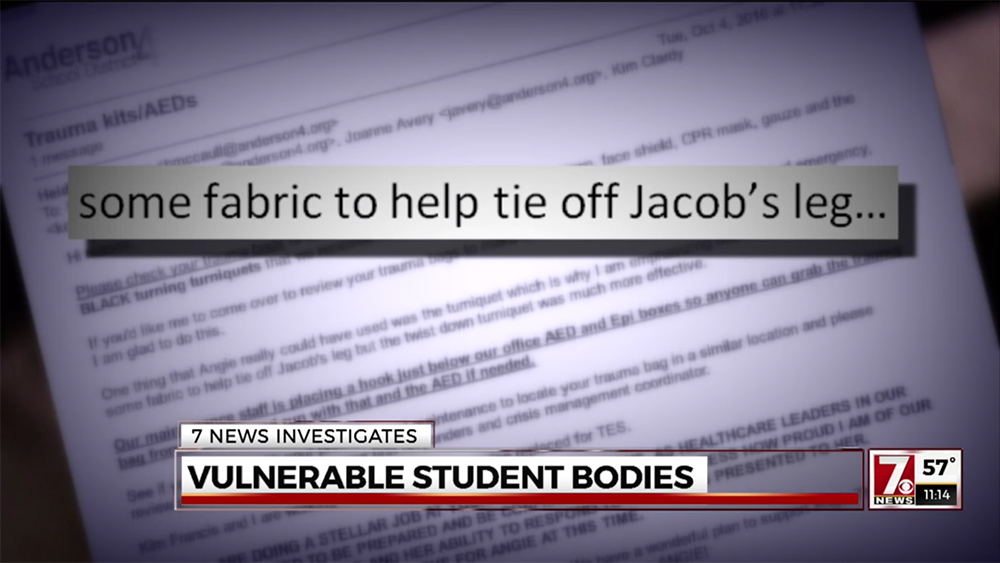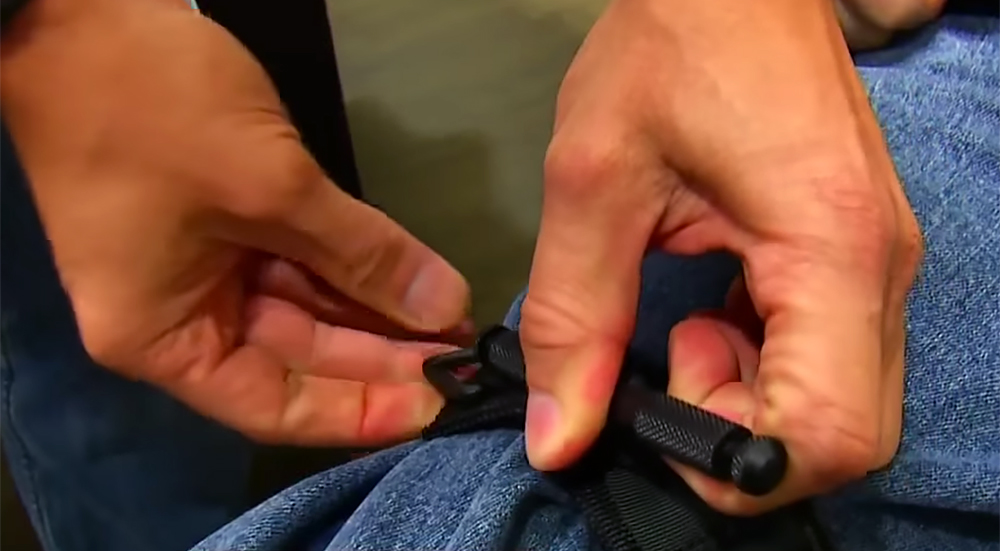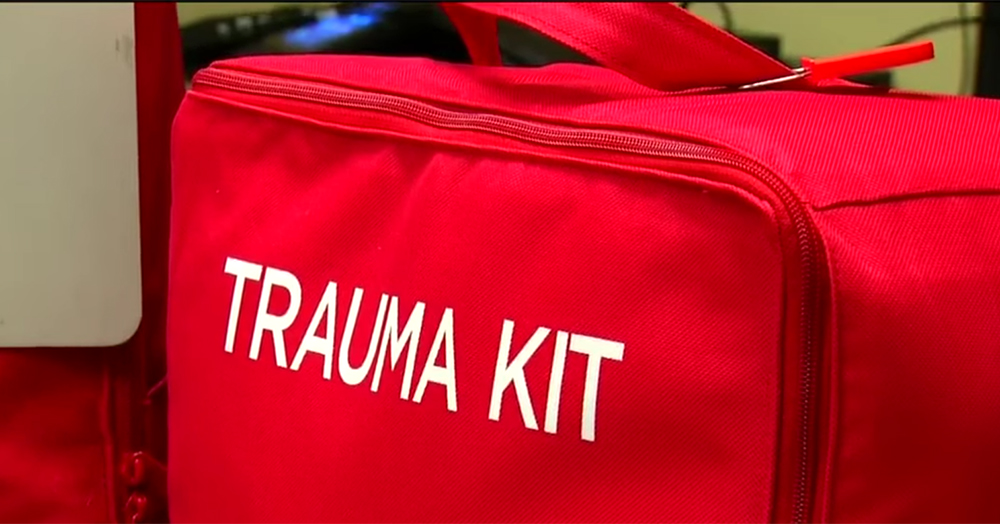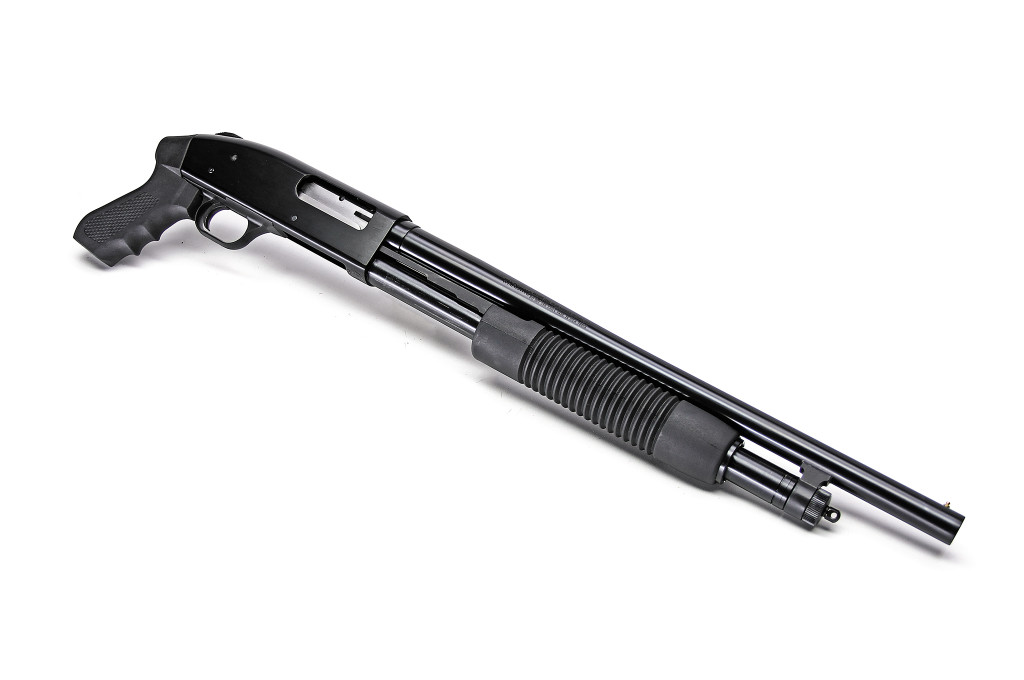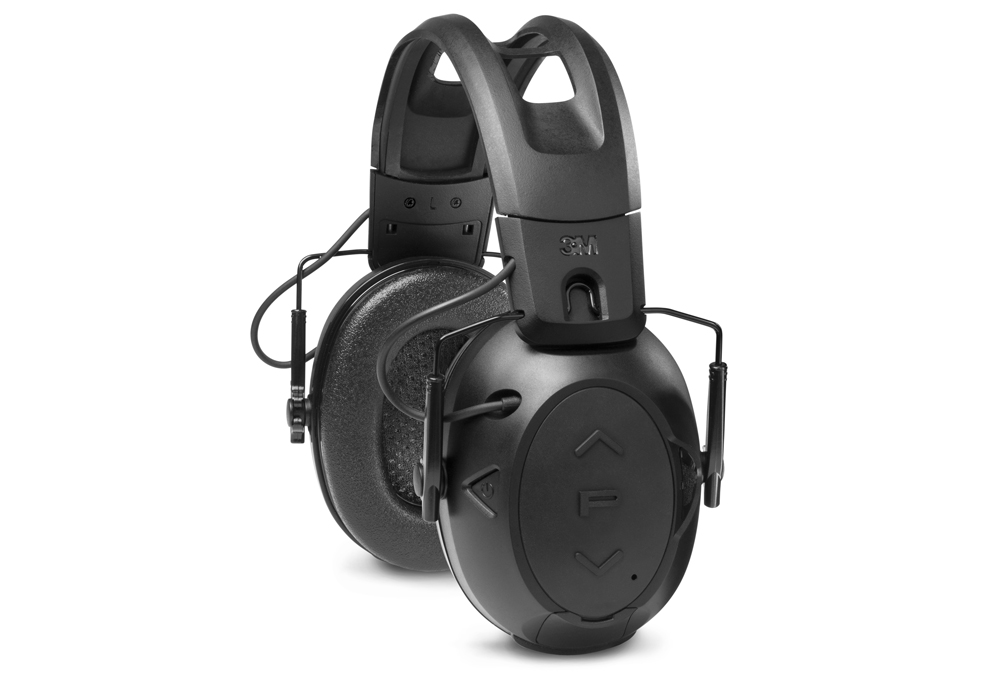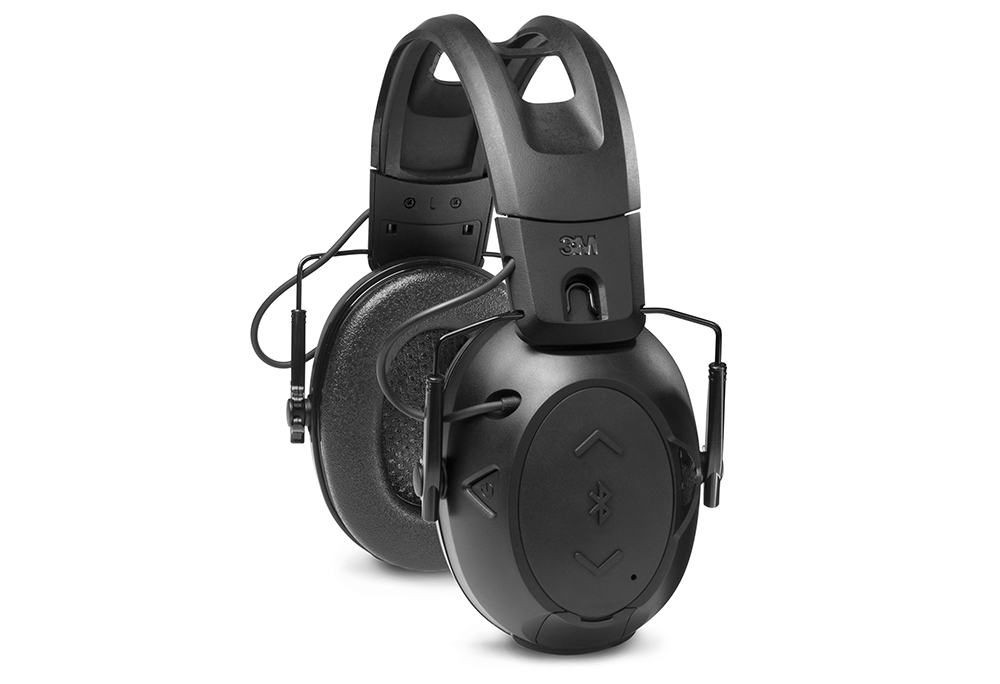A cane is an excellent self-defense weapon, even if you don't need one to walk. Most passersby won't give you a second glance when you carry a cane, but if you're under attack, you can immediately use this curved stick to distance yourself from threats or swiftly disable them. It's also ideal for defending yourself in non-permissive environments where other weapons may be banned.
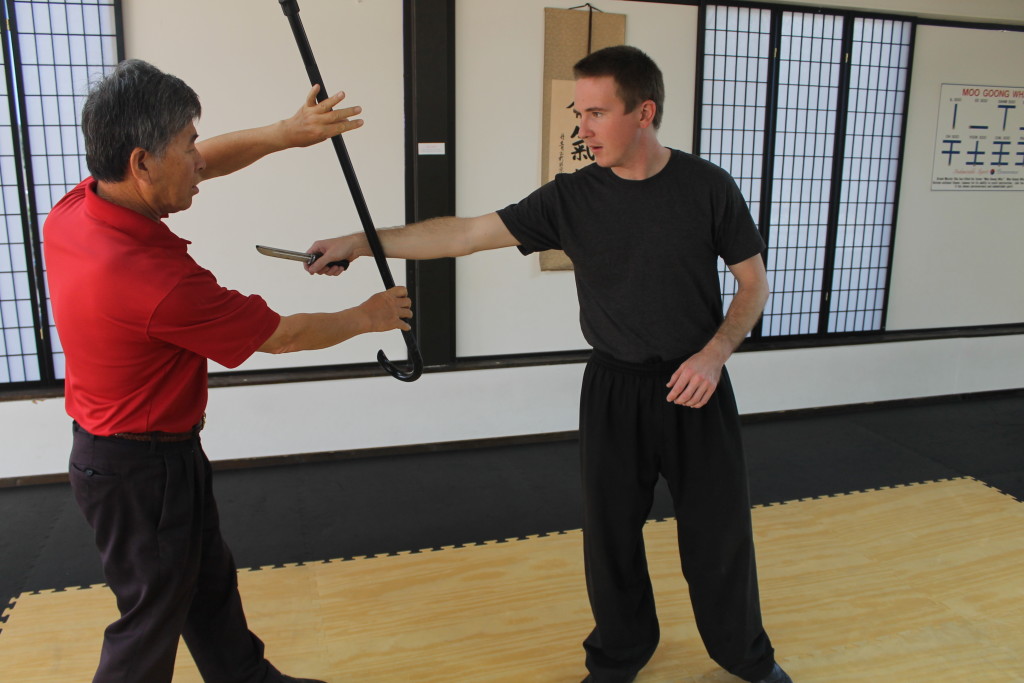
In Part 1 of our self-defense cane series of web-exclusive articles, we discussed the technical aspects of fighting with a cane. Part 2 focused on 10 rookie mistakes to avoid while carrying a self-defense cane. Today, the third and final part of this series will address how to make your own cane from scratch.
Cutting and carving a “walking stick” is an immediate confidence-builder and among the first tasks those journeying into the wilds often undertake for many benefits, ranging from safely negotiating trails to doubling as a self-defense tool. The cane can easily be rigged as a spear or splint and can be used to probe stream water depths. It can also poke ahead of each step in snake country, especially in low-light bug-out conditions. Even in a semi-urban environment, a stout hand staff can keep the strays at bay.

As stated in our previous features on the use of a self-defense cane, this tool is often associated with the old and infirm, so it may help you avoid attention in some cases. In other cases, it may make you a target for those who look to prey upon easy targets, but they won't know what hit them when your cane becomes a formidable weapon. In sparsely-populated wilderness, your appearance won't matter as much, so the cane's function will take precedence over its form.
Choosing a Stick

In a bug-out scenario, a serviceable walking self-defense cane can be crafted with a knife by first selecting a fairly straight and knot free limb about 1-inch thick. Local knowledge of hardwoods pays off when you are able to spot white oak, hickory, walnut, ash, or cypress, but the availability of choice woods is not always as important as getting it done, especially if a member of your party needs a cane for walking following an injury. Just be careful not to mess with trees you can’t identify, lest you become the victim of poisonous flora.
Sculpting a Bushcraft Cane
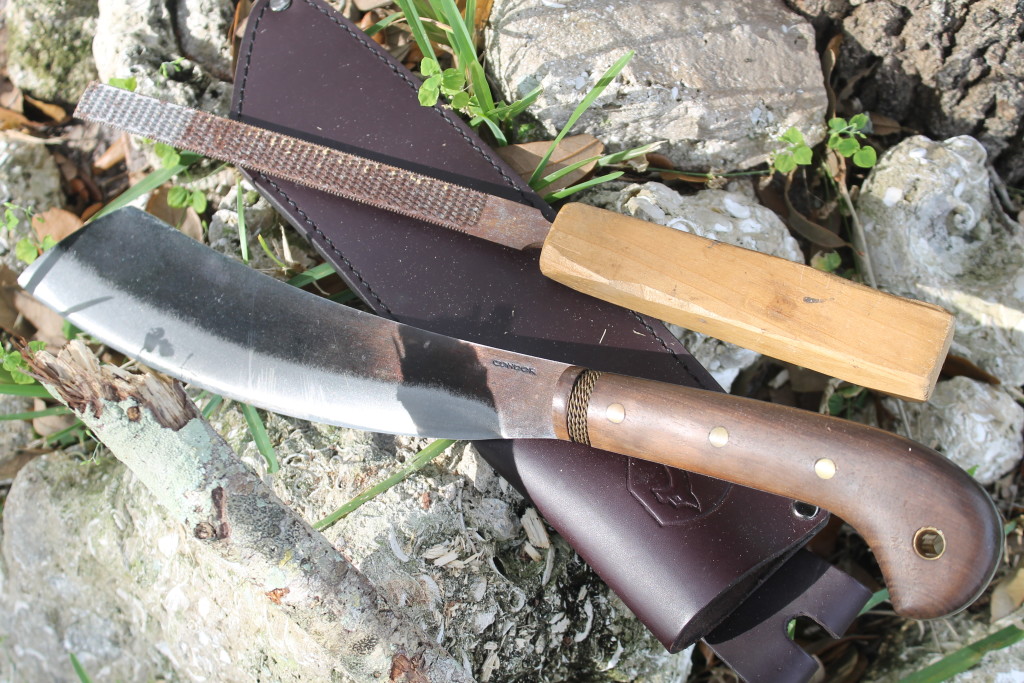
A sharp parang, wood rasp, and some paracord were used to form a cane.
Before you cut a branch full length to your estimated hand-grip height, be sure to add an additional foot or more to allow for the curvature of the crook or hooked handle. Firmly anchor the cut limb. Using a sheath knife as a two-handed draw blade, remove the bark exposing the fresh white wood. While the branch is still green, immediately soak in available stream, pond, or ditch water, or dig a shallow trench and bury in shallow moist soil to prevent the wood from drying out, especially if you plan to remain in one location for a few days or darkness falls.
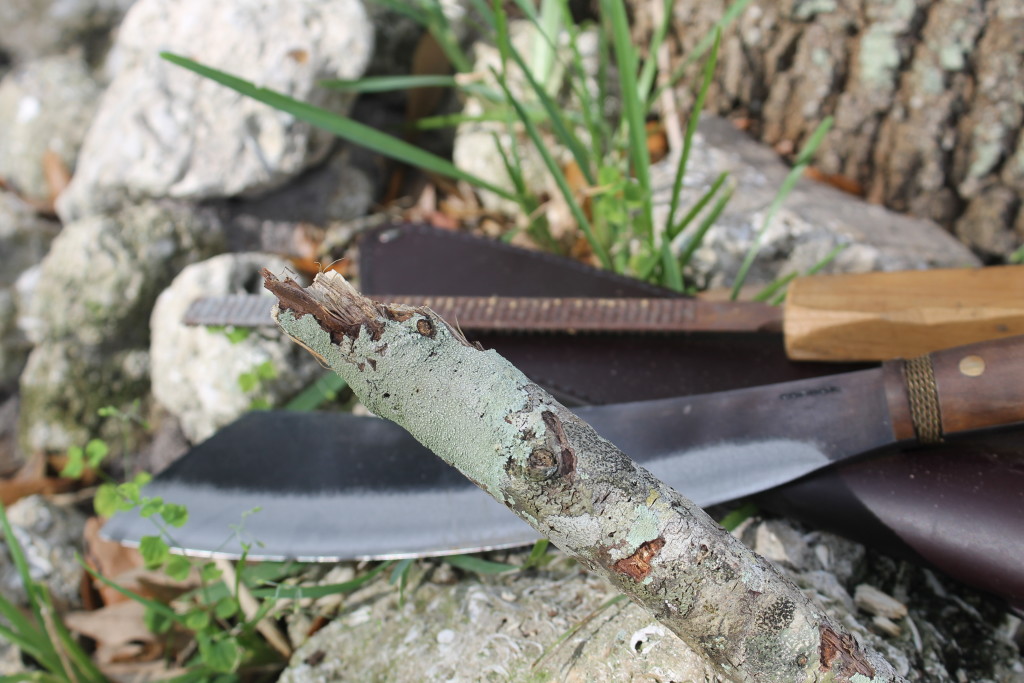
A straight and relatively smooth branch will be formed into our cane.
Using the knife, shape and taper the branch into the thickness you desire, flattening slightly the inner and outer crook handle. To impart the bend to the handle, first locate a tree or pipe of about 4 inches in diameter that you will use as a form to wrap the handle and securing with paracord or wire.

The parang was used in a two-handed grip to shave away bark.
To tenderize the wood fibers for the bend, and if you have a cook pot or bucket, you may submerge the handle end in boiling water. Or you may use the same kettle technique we use to shape wood stems for wood-strip canoe building. To form the handle, the wood branch may be sleeved in a length of pipe. Plug the upper end of the pipe with a rag and place the lower end over the spout of a teakettle or other vessel of boiling water, allowing the rising steam to saturate the wood end until it is soft enough to be pliable.

After soaking and bending the cane handle, a rasp was used to smooth its shape.
Using heavy gloves, immediately wrap the cane handle around the pipe or small tree, securing with wire or paracord. Allow the limb to set overnight or longer and to dry slightly. Once the cane is removed, shape-sand with any available stones or rasps, and rub or finish with wax, varnish, oils or what you may have available to preserve and to protect the branch. A paracord wrap makes a good handle.
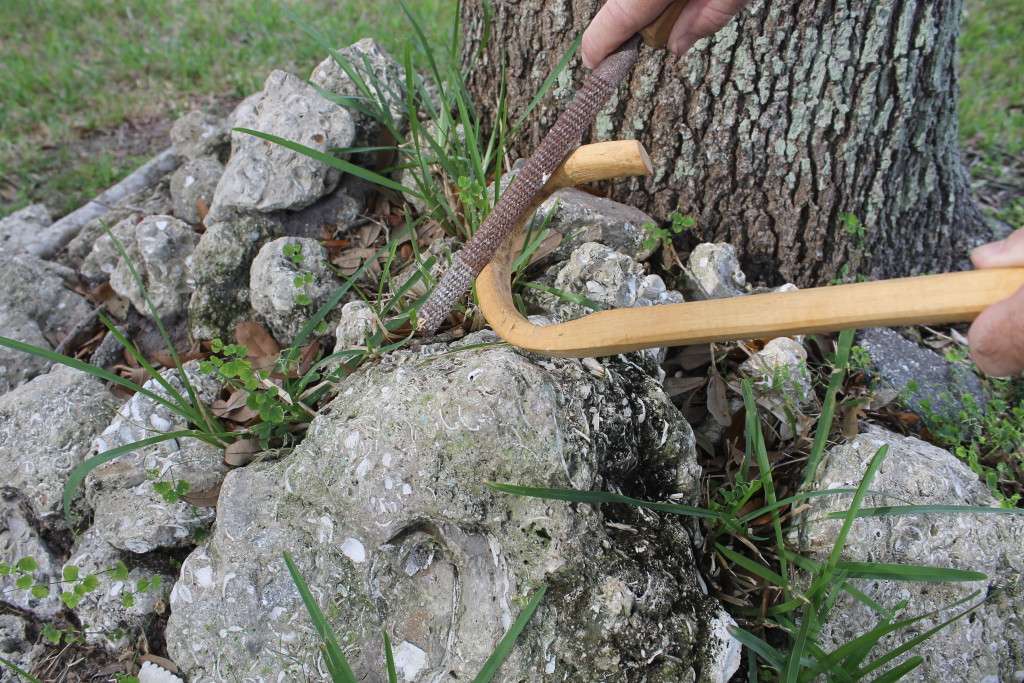
The finished cane is now ready for a coat of protective wax or varnish.
Alternatively, a walking cane can be cut from a straight limb with a 90-degree branch forking from the limb to form the handle. A crutch is formed from a Y-fork in a longer branch or small sapling. Whether you spend many hours crafting the perfect bushcraft cane or settle for something quick and dirty, you'll be thankful for this walking stick on long trails. And if trouble ever comes your way, you'll be able to respond swiftly and put some distance between yourself and your attacker.
About the Author
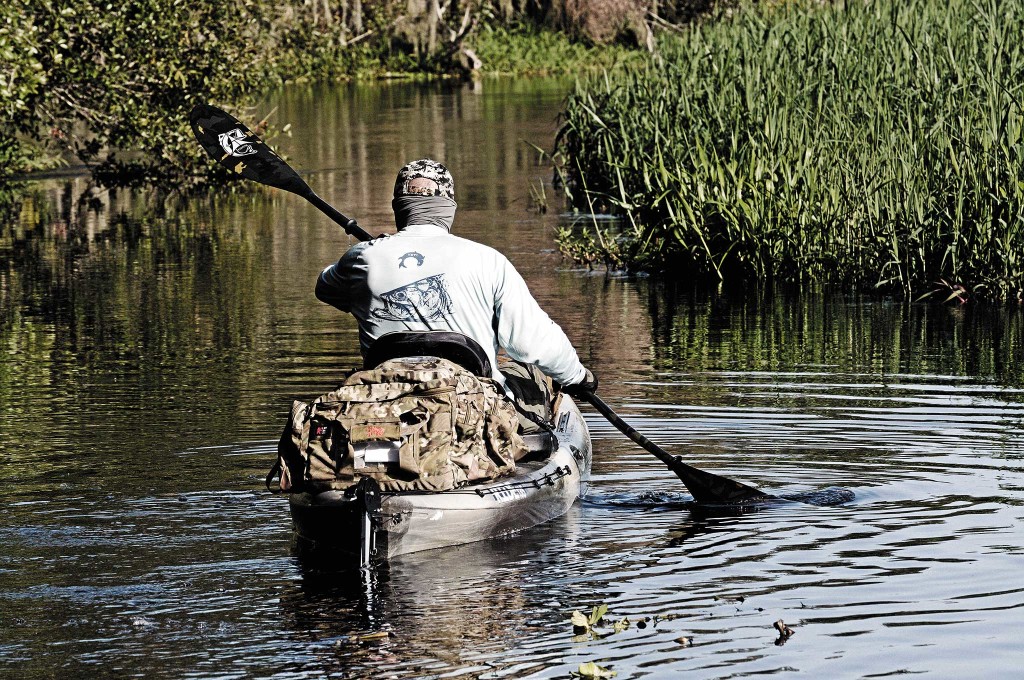
David H. Martin’s family studied three years under Grand Master Sung Cho’s Tae Kwon Do and Hapkido of Sarasota, Florida, earning his black belt together with his son, while traveling for forms and sparring competition. Martin is a professional NRA training counselor, firearms instructor, and Southwest Florida wilderness survival skills kayak/canoe instructor, guide, and outdoor writer. He may be reached via email at davidhmartin@me.com.

